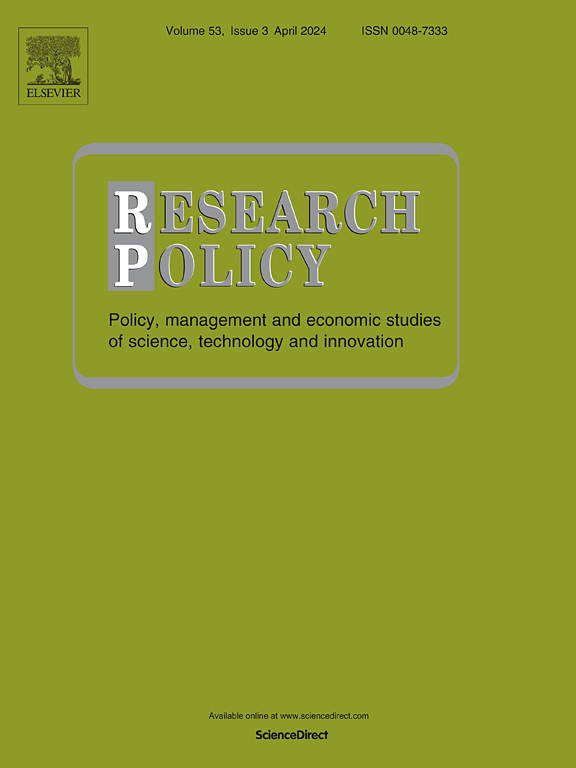创造一项突破性的发明:NASA为航天飞机制造的内部知识
IF 8
1区 管理学
Q1 MANAGEMENT
引用次数: 0
摘要
组织如何通过达到发明中每个性能属性的期望水平来创造突破性的发明?通过对首个可重复使用航天器航天飞机进行深入的、基于历史的单一案例研究,我们说明了NASA是如何通过两个核心机制产生知识的。首先,通过振荡,他们达到了一个性能属性的期望水平,然后有意地离开,后来又回到那个目标。其次,通过积累,他们达到了设计中有限数量的性能属性的各自期望水平,并且经过多次设计迭代,产生了达到每个性能属性期望水平的知识。研究结果强调了振荡和积累交叉的知识生成如何支撑突破性发明。虽然文献分别探讨了振荡和积累,但通过我们的定性研究,我们发现了一个整合这两种机制的知识生成过程。总之,我们对NASA在制造航天飞机过程中产生的内部知识的探索,为寻找令人满意的解决方案提供了新的见解,从而推动了现有文献的发展。本文章由计算机程序翻译,如有差异,请以英文原文为准。
Creating a breakthrough invention: NASA’s internal knowledge generation for the Space Shuttle
How do organizations create a breakthrough invention by attaining the aspiration level of each performance attribute in the invention? Using an in-depth, historically grounded single-case study of the first reusable spacecraft, the Space Shuttle, we illustrate how NASA generated knowledge through two core mechanisms. First, through oscillation, they attained the aspiration level of a performance attribute before intentionally stepping away and returning to that goal later. Second, through accumulation, they attained the respective aspiration level of a limited number of performance attributes in a design and, over multiple design iterations, generated the knowledge to attain the aspiration level of each of the performance attributes. The findings highlight how knowledge generation at the intersection of oscillation and accumulation underpins breakthrough invention. While the literature has explored oscillation and accumulation separately, through our qualitative study, we uncover a knowledge generation process that integrates both mechanisms. In summary, our exploration of NASA's internal knowledge generation in creating the Space Shuttle advances existing literature by providing new insights into the search for satisficing solutions.
求助全文
通过发布文献求助,成功后即可免费获取论文全文。
去求助
来源期刊

Research Policy
MANAGEMENT-
CiteScore
12.80
自引率
6.90%
发文量
182
期刊介绍:
Research Policy (RP) articles explore the interaction between innovation, technology, or research, and economic, social, political, and organizational processes, both empirically and theoretically. All RP papers are expected to provide insights with implications for policy or management.
Research Policy (RP) is a multidisciplinary journal focused on analyzing, understanding, and effectively addressing the challenges posed by innovation, technology, R&D, and science. This includes activities related to knowledge creation, diffusion, acquisition, and exploitation in the form of new or improved products, processes, or services, across economic, policy, management, organizational, and environmental dimensions.
 求助内容:
求助内容: 应助结果提醒方式:
应助结果提醒方式:


